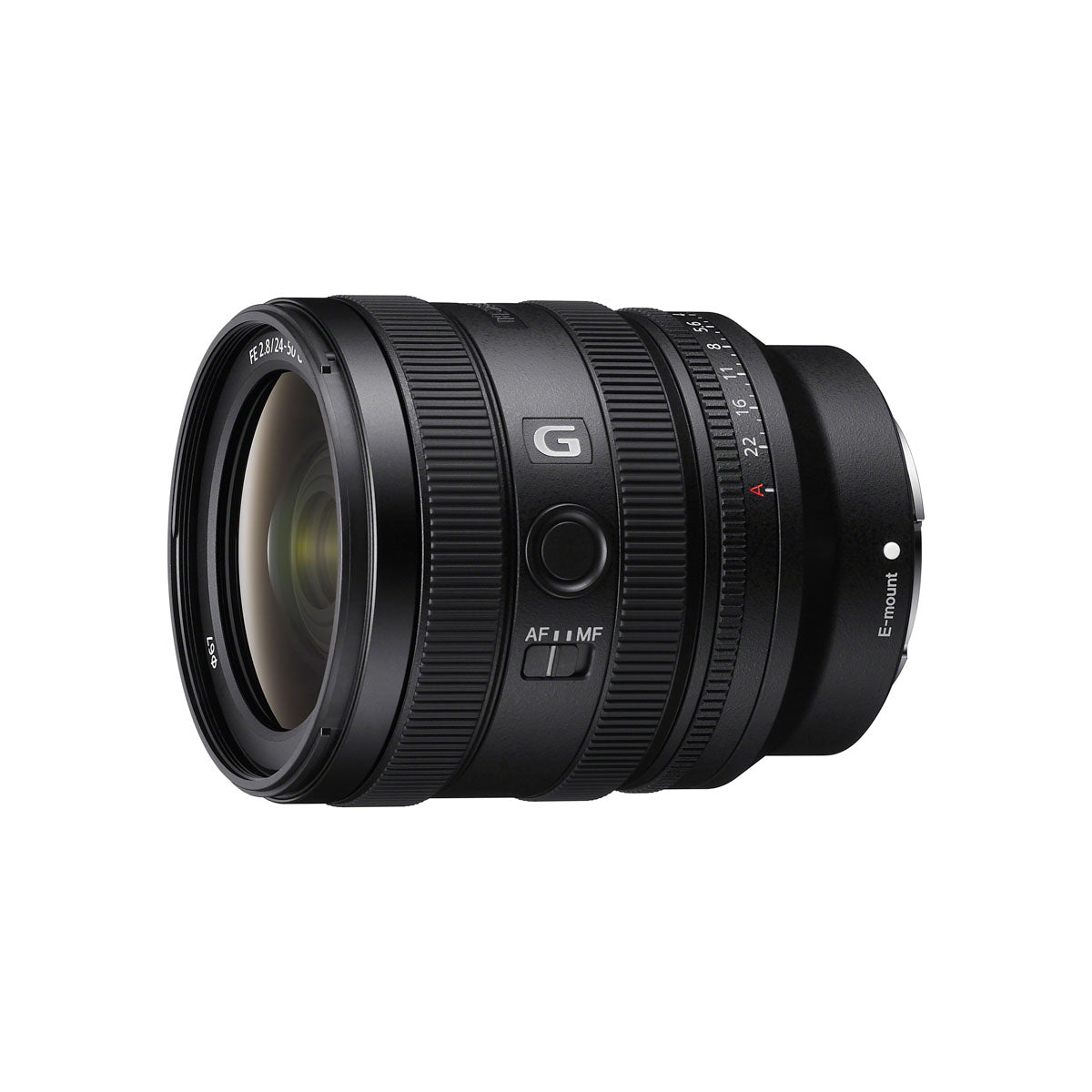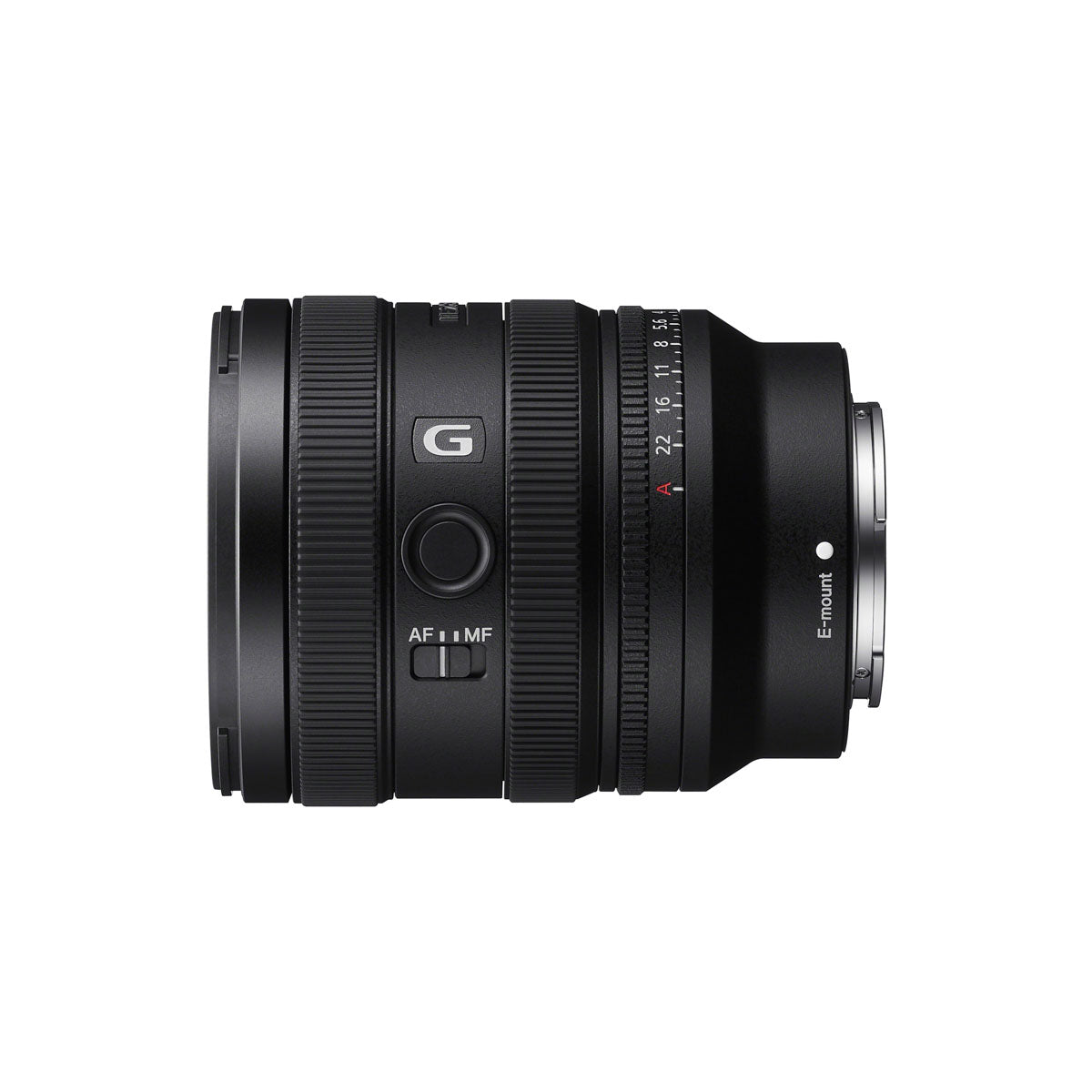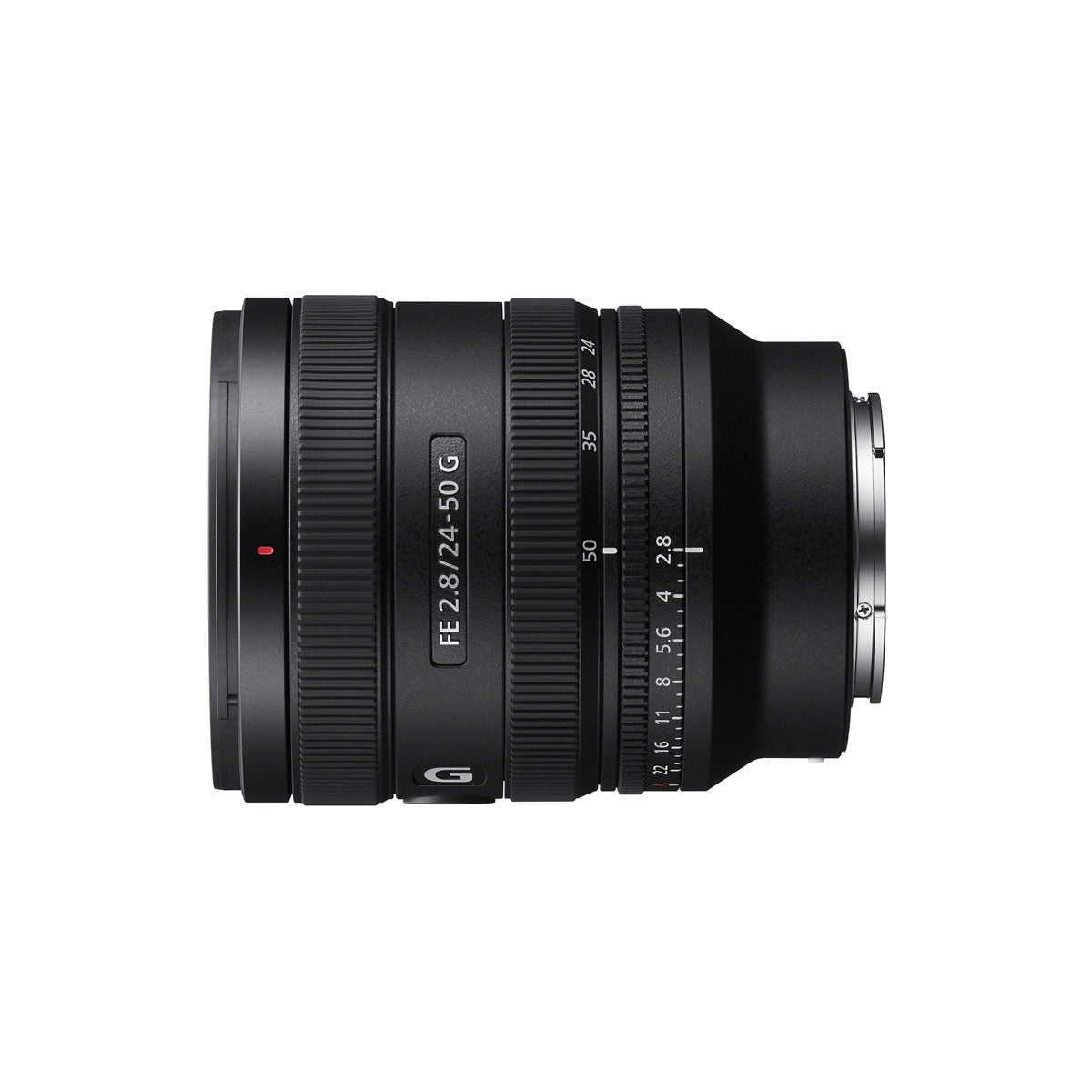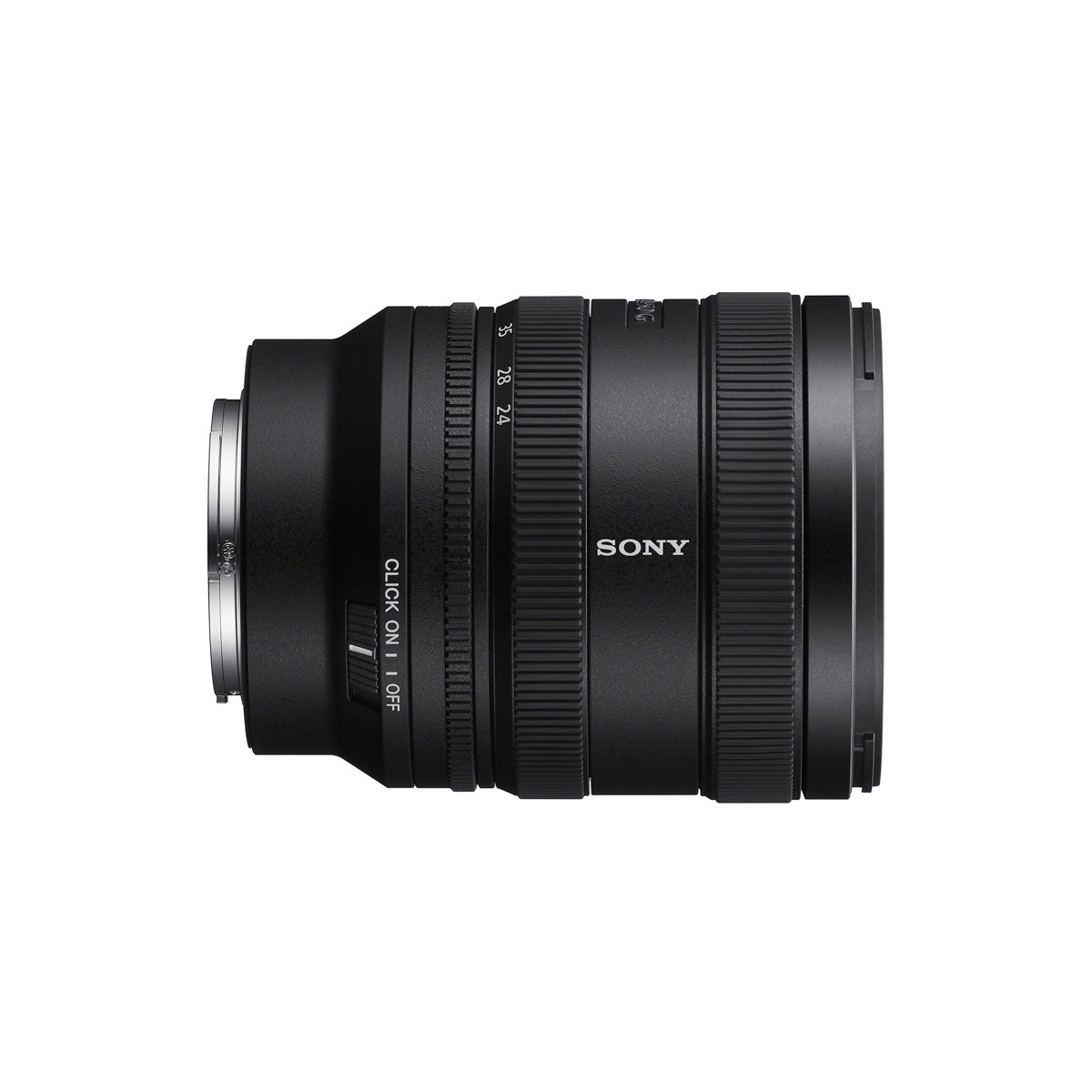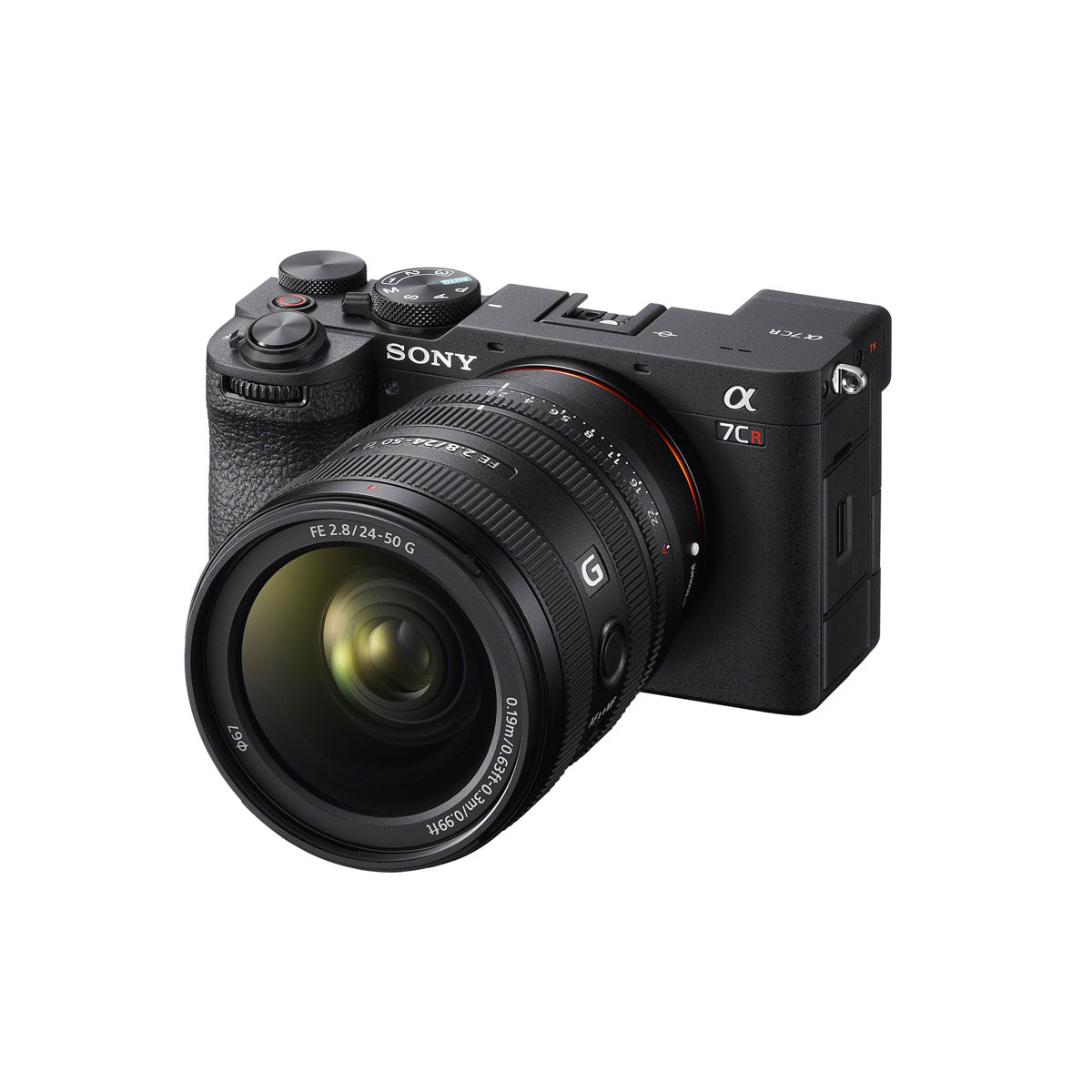Product Description
Introducing the Sony FE 24-50mm F2.8 G
Everyday Excellence: Compact and lightweight F2.8 full-frame zoom lens provides zoom versatility, G Lens™ resolution, and style. Ideal companion for daily photography and video content creation.
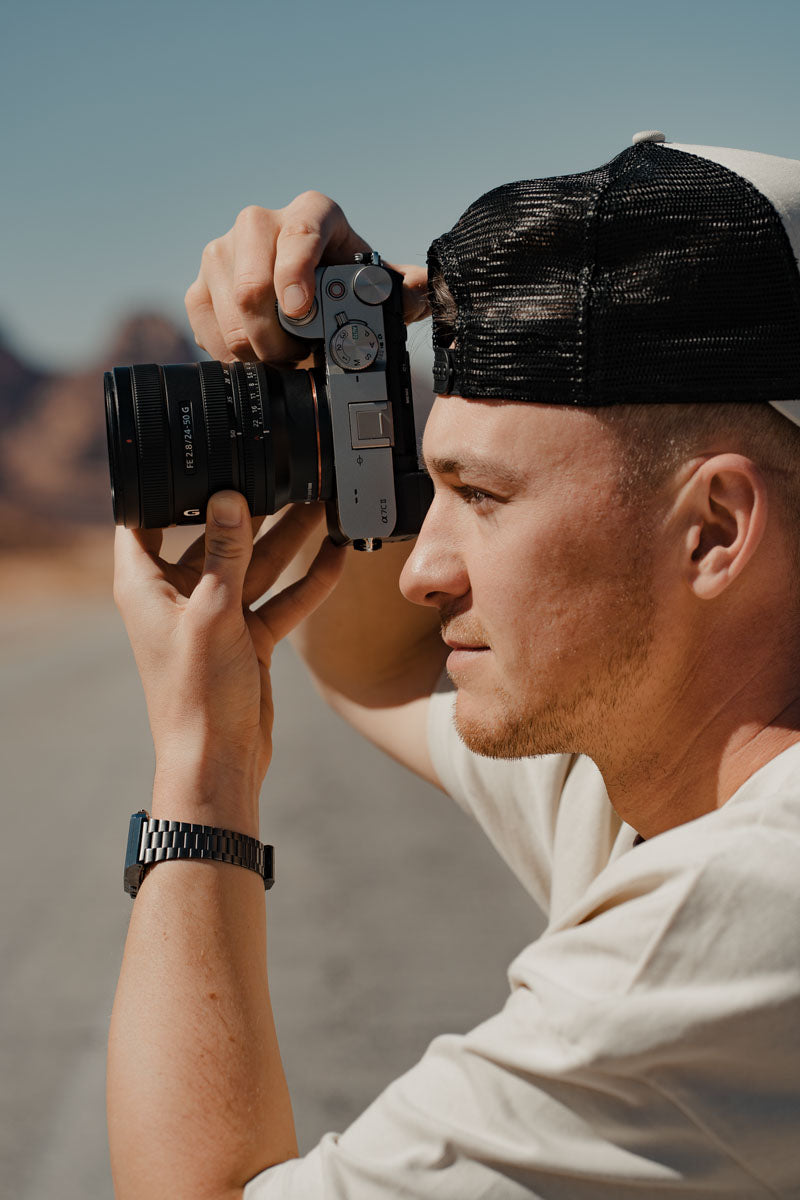
Compact yet Powerful
The SEL2450G's compact design doesn't compromise on optical quality. With four aspherical elements, two ED elements, and 11 aperture blades, it delivers incredibly sharp images with minimal aberrations and smooth bokeh. Experience the freedom of compactness and optical excellence.

Ready for Action
Keep your subjects always sharp when you take pictures or shoot video content. The autofocus motor is also capable of keeping up with high frame rates such as 4K120p and 30fps continuous shooting. Unlock the full power of your Sony Alpha camera with the SEL2450G.

Creative Close-ups
The SEL2450G's great close-up performance with a 0.3x maximum magnification and 0.19m minimum focus distance lets you get closer shots of your subject. Perfect for product close-ups or nature shots - this feature adds versatility to your everyday content.

Ideal for Filmmaking
The SEL2450G's F2.8 aperture, quiet autofocus, and minimal focus breathing make it a perfect filmmaker lens.
Compatible with Sony's breathing compensation and active stabilisation, create cinematic shots with a lightweight setup.

Intuitive Control, Unwavering Reliability
Take control with three rings—focus, zoom, and aperture—offering direct, intuitive creative control. Customisable buttons and Linear Response MF ensure immediate, intuitive manual focus. With a dust and moisture-resistant design, reliability is guaranteed, no matter the conditions.


